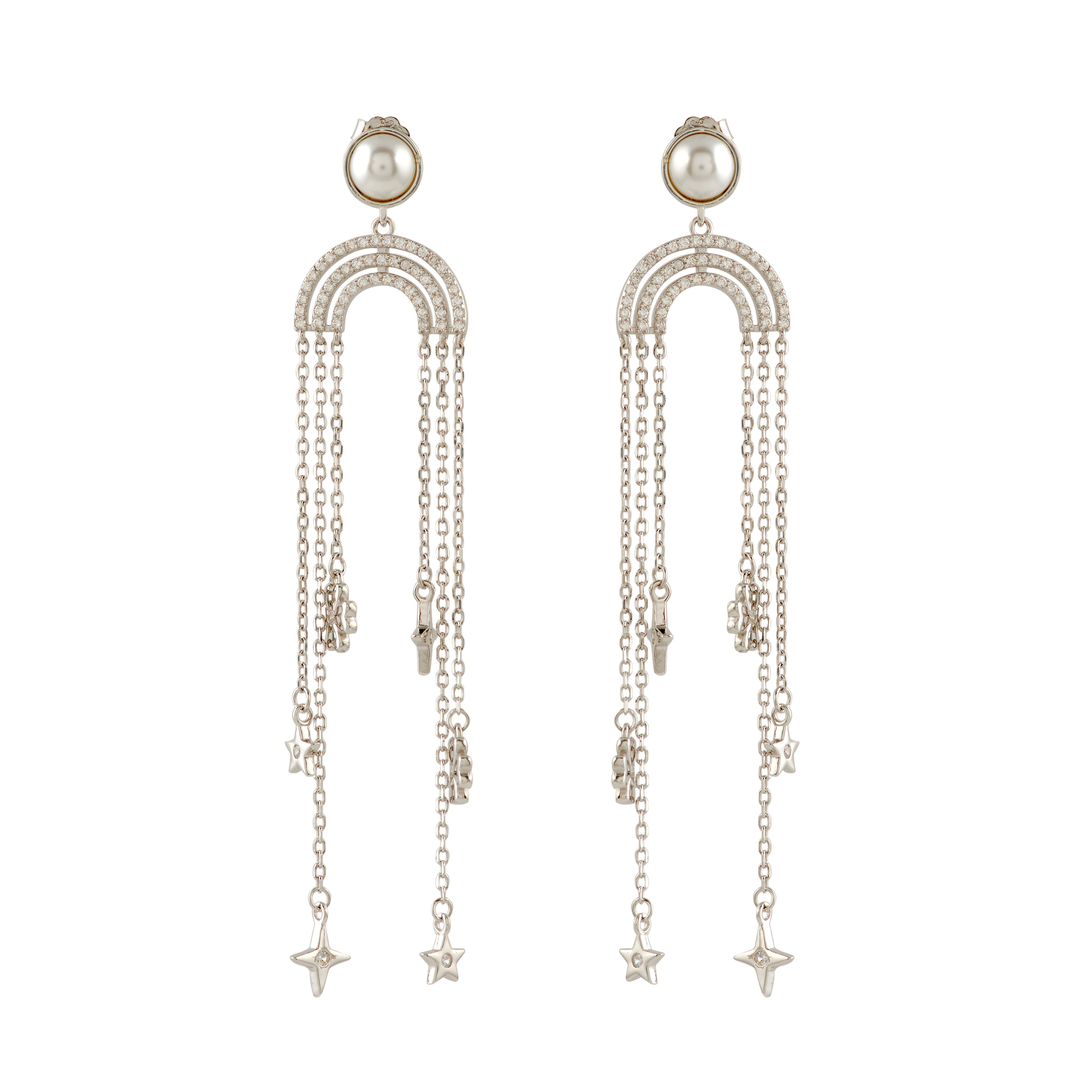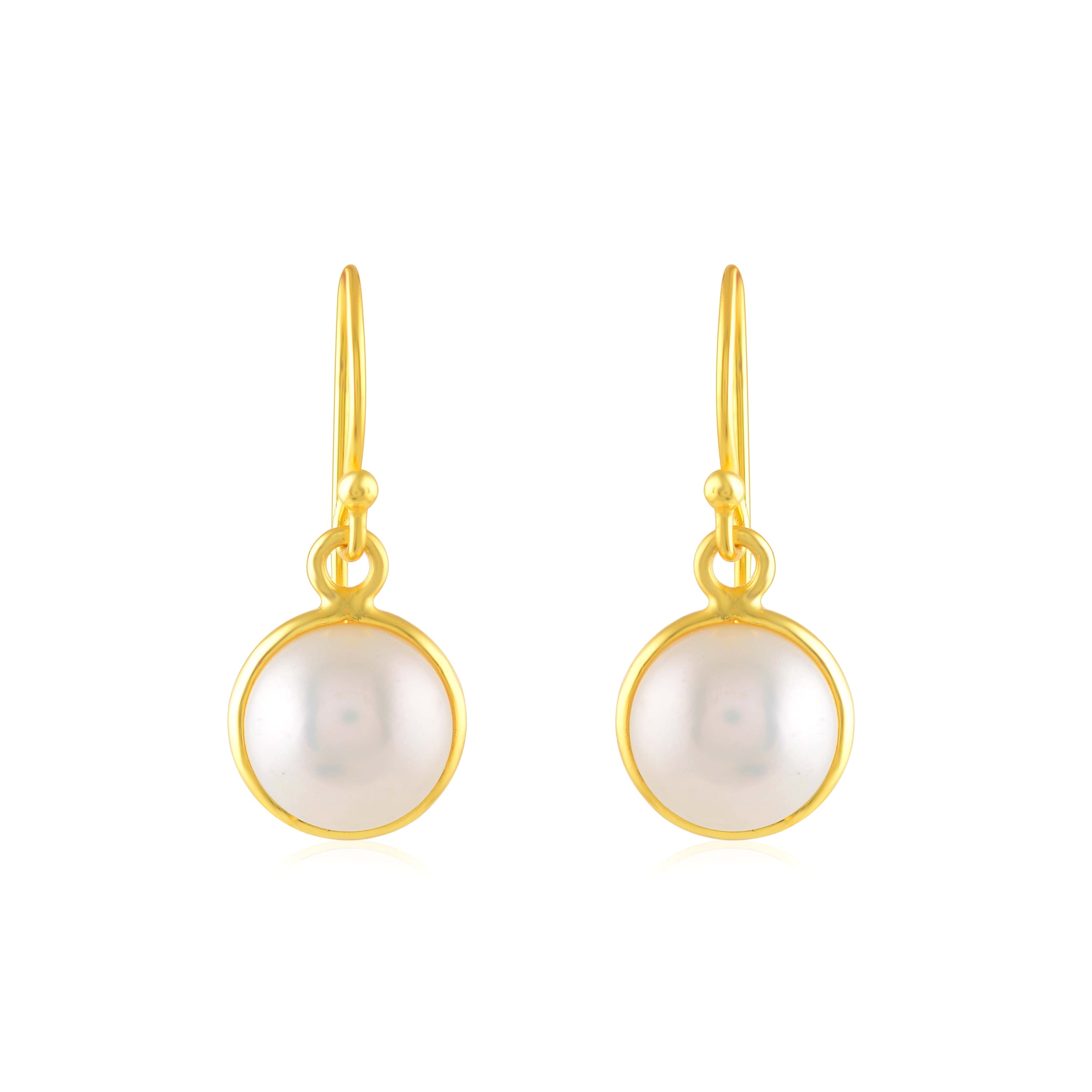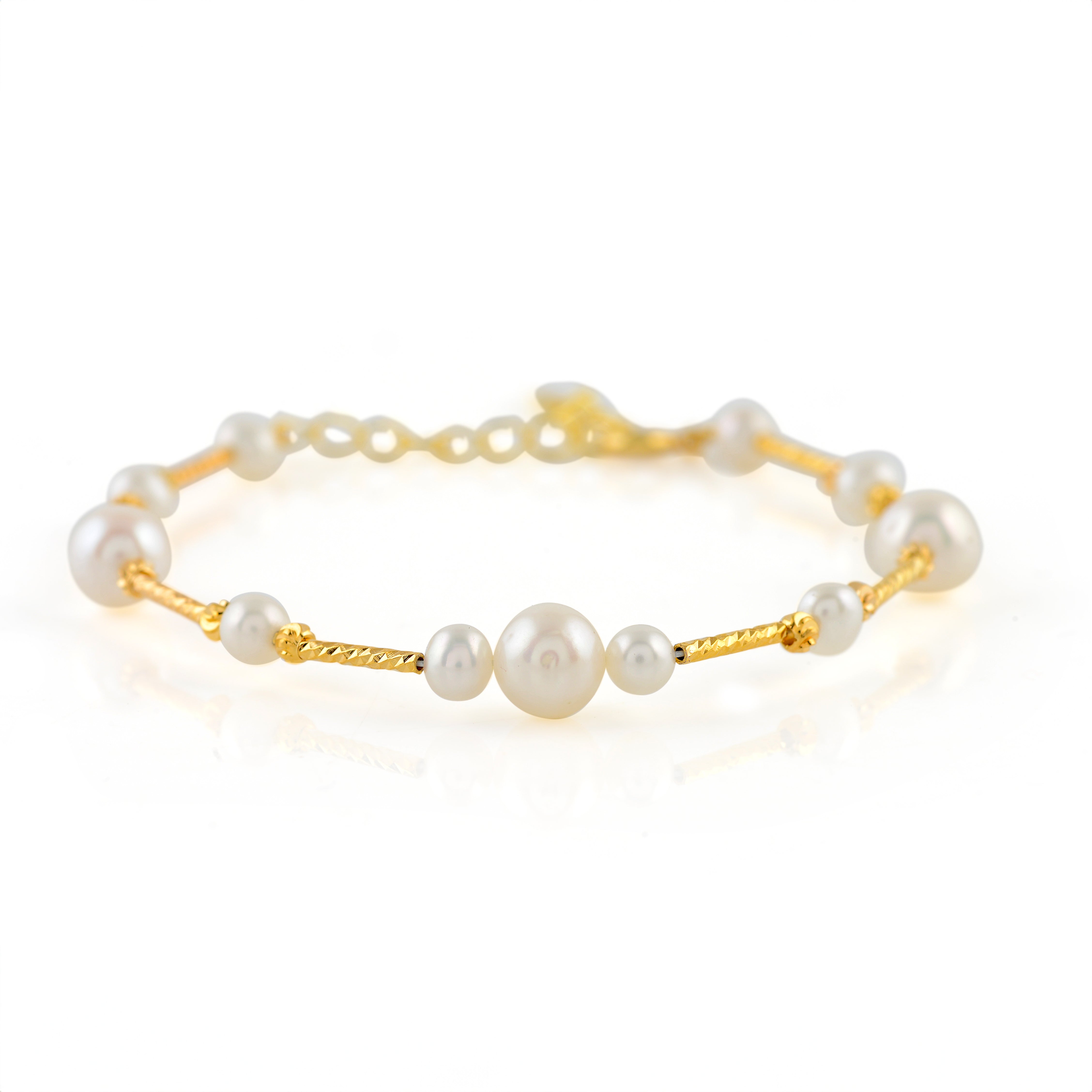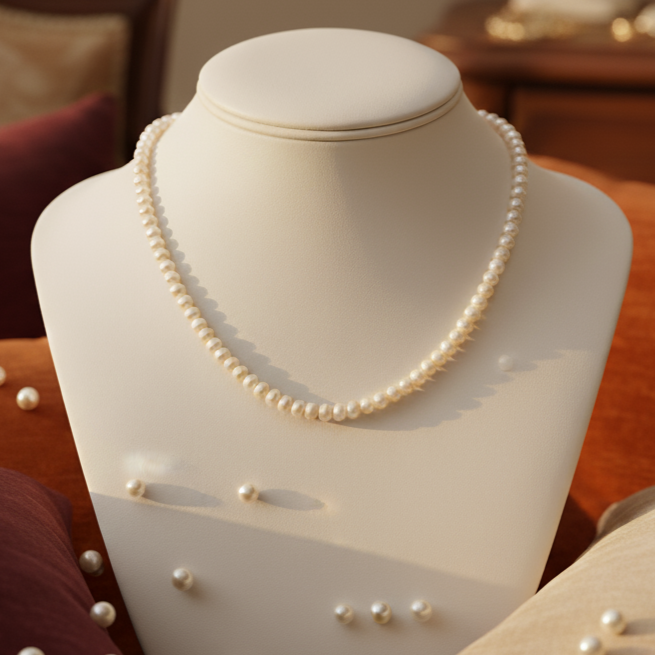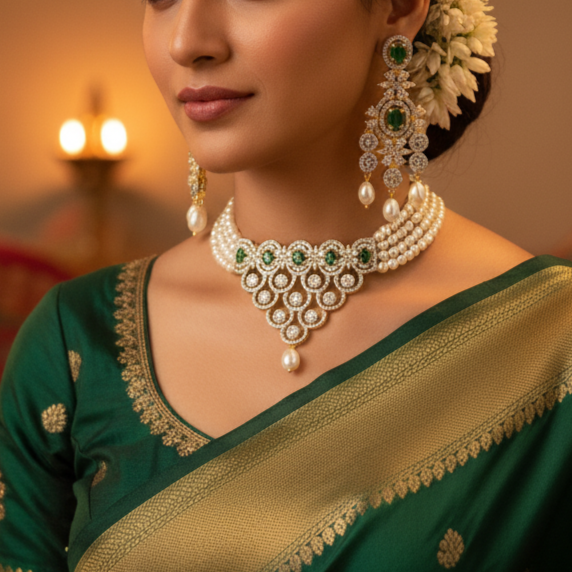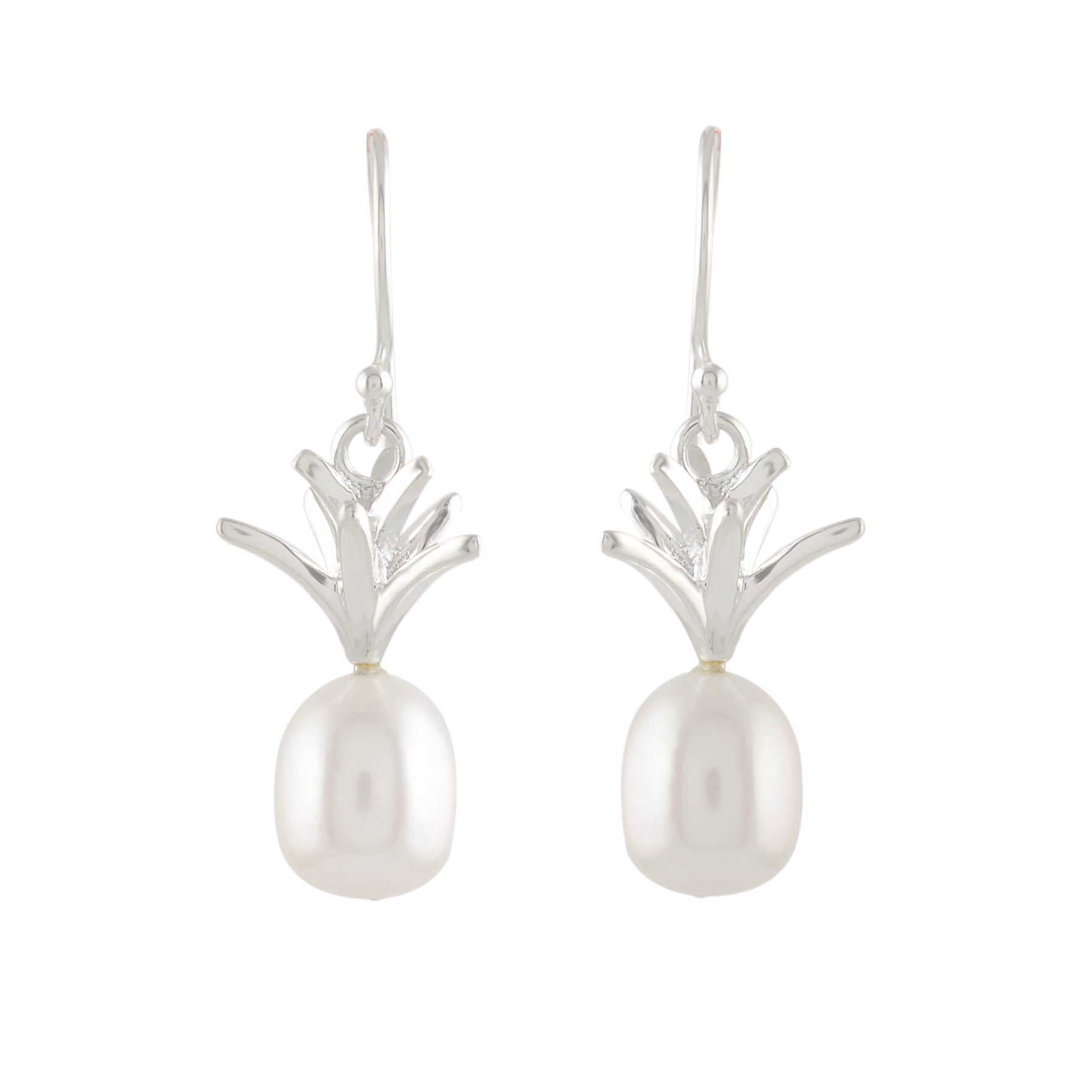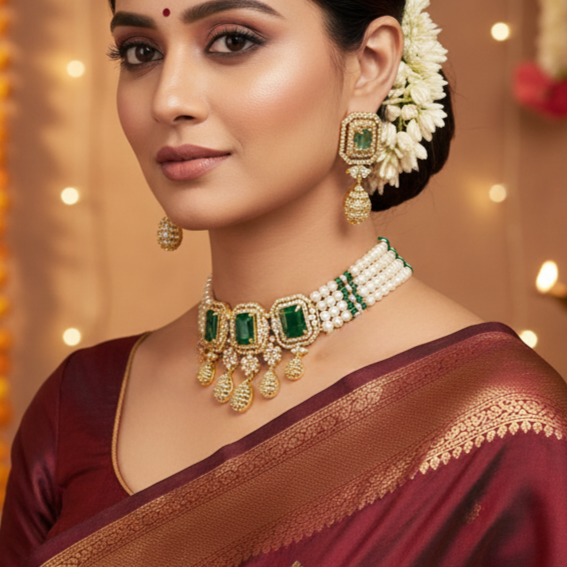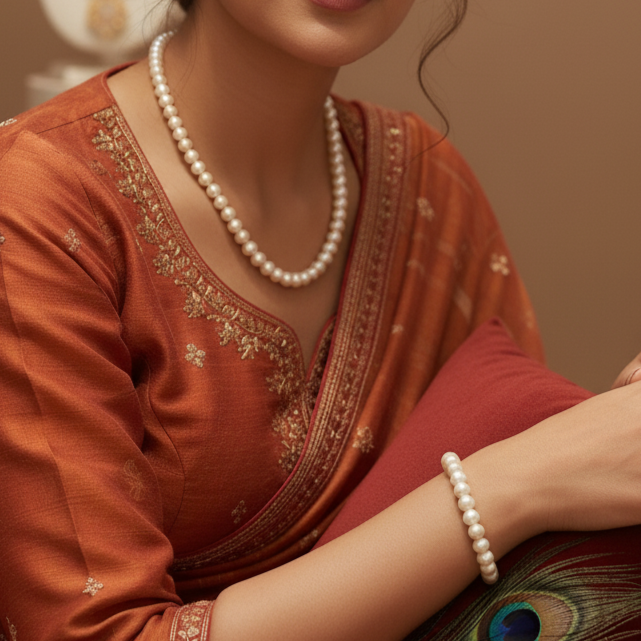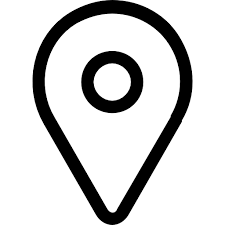In the realm of pearls, it is safe to say that size does matter. This is especially true if you are considering the price of a pearl. By a rule of thumb, the bigger a pearl, the higher its cost. Natural pearls, which are generally more expensive than cultured pearls, can get even costlier if they are large in size. In fact, some of the larger natural pearls can be prohibitively expensive.

The scenario is not much different in the case of cultured pearls. Some of the cultured pearls produced in the world today are pretty large in size and are costlier than their smaller counterparts. So what are the different sizes of pearls available today? And what is the right size of a pearl to buy? Let’s try to find some answers here.

It is important to learn how a pearl is measured. According to the global convention, the diameter of every pearl is measured in millimeters, varying from 2 to 20 mm and rounded off to the nearest 0.5 mm. This is applicable to single pearls. In the case of pearls in a strand, things are measured differently. Here, measurements are taken perpendicular to the drill holes and expressed in half-millimeter ranges, for example, 6 to 6.5 millimeters. For instance, a Strand labeled as a 7.5mm strand is made up of 7.0mm - 7.5mm pearls, with the smaller pearls being placed near the clasp. One might wonder how are all these different sizes produced. This is especially curious as pearls of widely varying sizes are often produced by oysters and mollusks of the same class. The size of a pearl is determined by a number of factors, such as
- The size and vitality of the mollusk that produced it
- The size of the nucleus around which the nacre is deposited to form the pearl
- The time that the mollusk spent underwater before the pearl was harvested
It is also worth remembering that size differences are not much pronounced in the case of cultured pearls as the entire process involves careful differentiation at the outset on the basis of typical shapes, color and sizes. These include freshwater, South Sea, Akoya and Tahitian pearls all of which have a specific size range. Typically speaking, Akoya (2.0mm - 11.0mm) and Freshwater pearls (2.0mm - 15.0mm) are the smaller ones while Tahitian or South Sea pearls are much larger, usually ranging from 9.0mm - 20.0 mm. However, with constantly evolving culturing practices, more variations in pearl sizes are becoming available to the consumer.
Follow The Latest Jewellery Collection
► Like us on Facebook: https://bit.ly/2Kcdt4W
► Follow us on Instagram: https://bit.ly/32YeWnX
► Follow us on Twitter: https://twitter.com/KPJHyd
► Shop Online: https://www.krishnapearls.com/
► Visit Website: http://www.krishnajewellers.com
For More Pearl Jewellery Designs Call (or) Whats App@ +91-9248036721 Shop Online at www.krishnapearls.com (or) visit our store Krishna Pearls at Jubilee Hills, Hyderabad and for more details Contact Us @ +91-9248036721.


